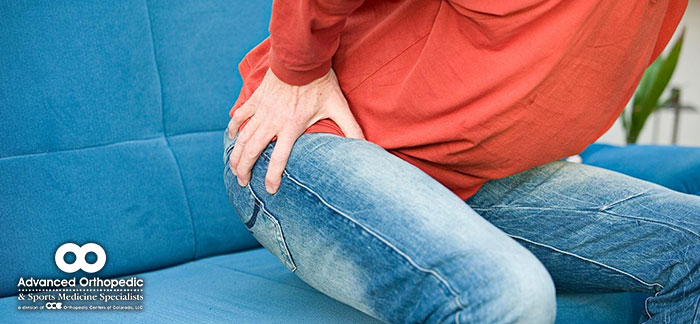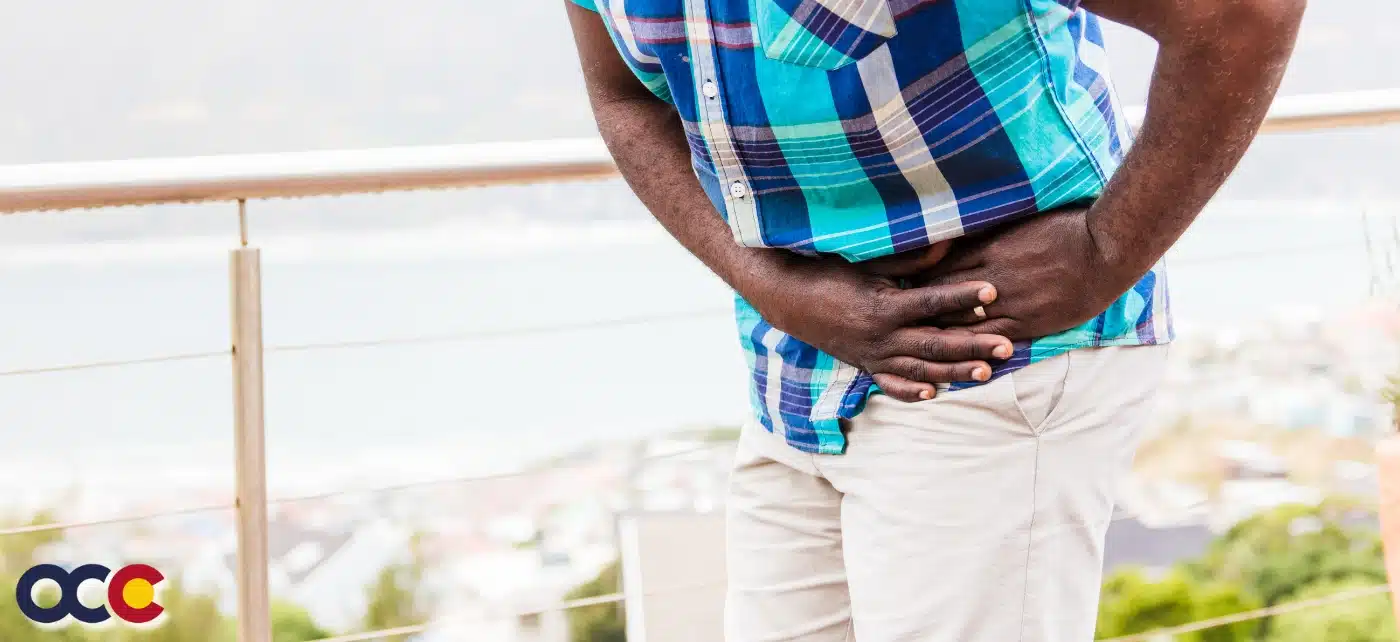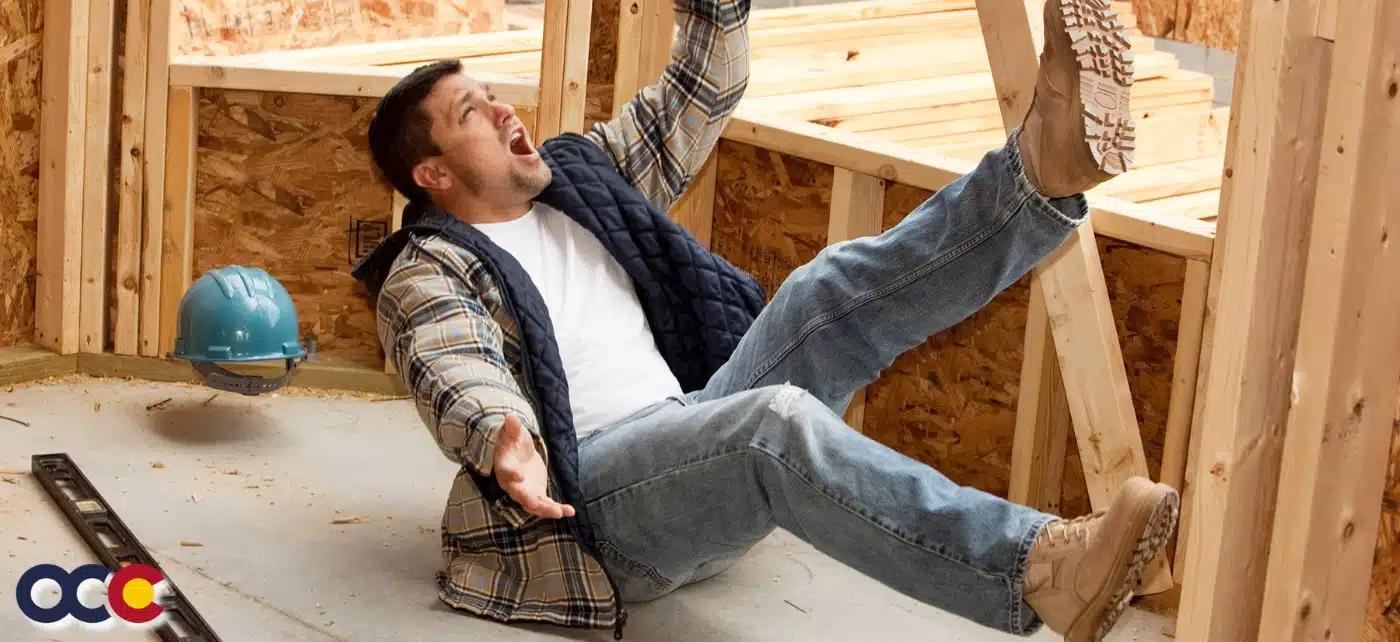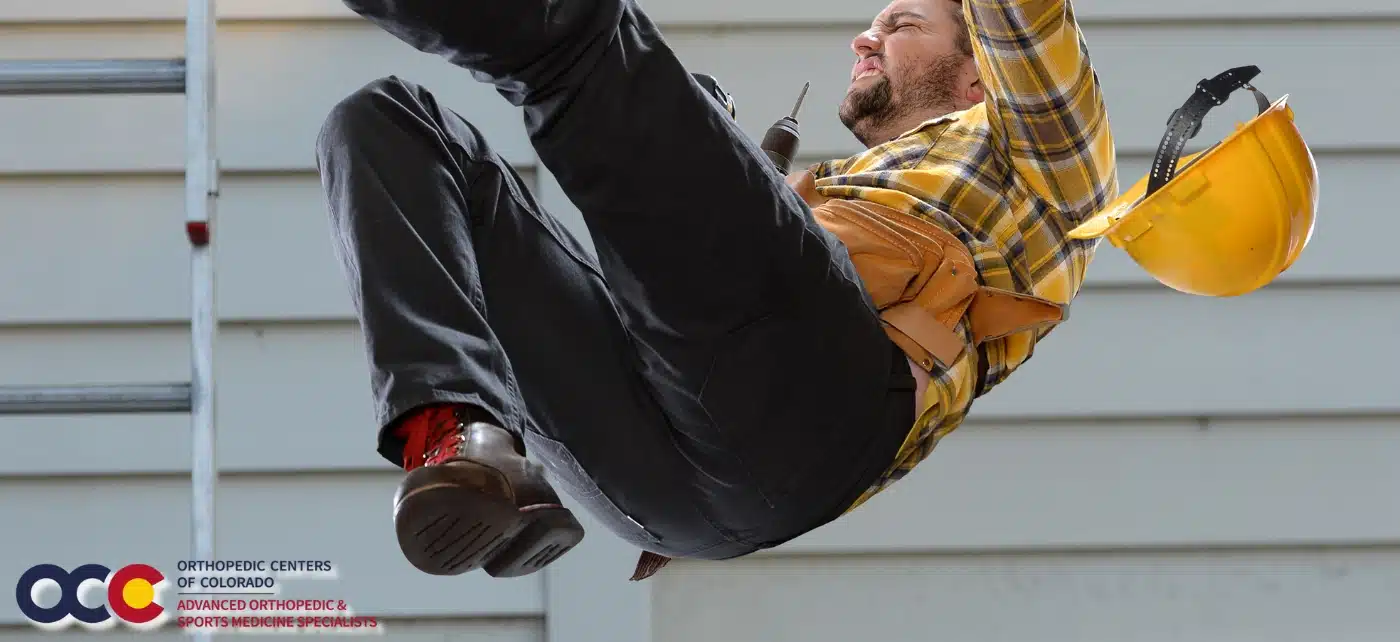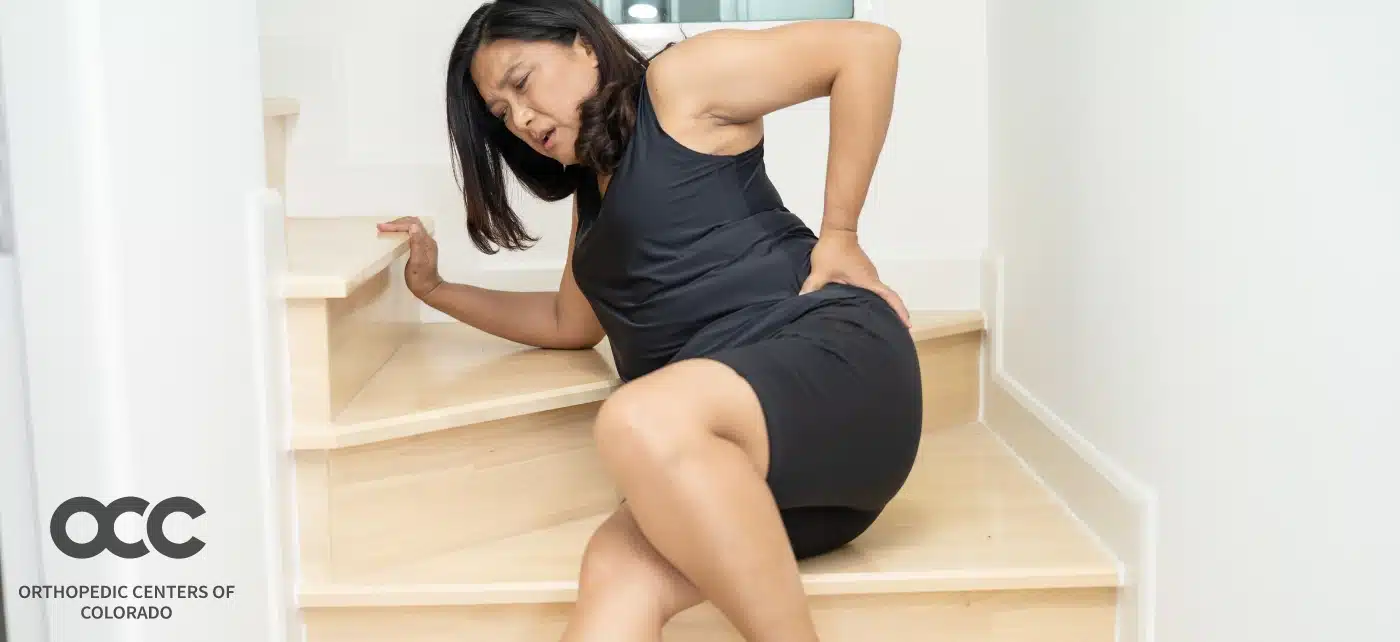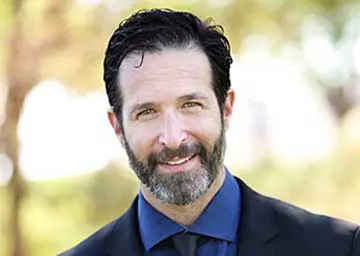What is hip osteotomy surgery?
Hip osteotomy is the process of cutting or reshaping bone – in this case, the bones of the hip joint – to improve joint alignment or function. The hip’s ball and socket joint is where the femur and the pelvis come together. Hip osteotomy surgery strengthens the hip by realigning the joint so the body’s weight is concentrated on the healthiest joint cartilage, which can better support joint movement. Although the procedure is not minor, in many cases, a hip osteotomy can avoid or delay full joint replacement by many years.
When is hip osteotomy recommended?
Recommendations will always vary by patient, but people who have abnormal anatomy, shallow hip sockets, who have sustained a hip fracture, a hip dislocation, or have a diseased hip joint may all be candidates for hip osteotomy.
An orthopedic surgeon will conduct a physical exam and typically order images (X-ray, MRI, or CT) to determine if you are a good candidate for a femoral or pelvic osteotomy and which technique is right for your specific situation and where the disease or damage exists.
Femoral osteotomy corrects the shape of the femoral head (top of the femur bone) to enhance joint alignment and movement, whereas a pelvic osteotomy aims to reposition the acetabulum (hip socket) in the pelvis to restore proficient joint function.
What to expect
The duration of a hip osteotomy procedure depends on patient health and the extent of joint disease or damage, but most patients can expect approximately a two-hour surgery followed by a hospital stay to support recovery.
It’s also likely that your surgeon will have you up and moving within those first few days, with the use of crutches and other support so that you may begin physical therapy. This may seem fast, but mobility is an important part of the recovery process, and getting started soon after the procedure can reduce scar tissue and support range of motion as you heal.
Total recovery can be achieved in six to nine months with proper post-operative care and therapy. The risks of hip osteotomy, similar to many surgeries, include blood clots, infection, nerve palsy, and failure to fully heal.
What does recovery look like?
Home care and rehabilitation require planning. Exercises will be prescribed to aid range of motion, strength, and balance throughout recovery. Patients generally need 24-hour assistance for the first few days to support daily activities. Crutches are typically used for the first six weeks to limit weight-bearing pressure while the joint is healing. Depending on which leg is operated on, patients may not be able to drive a car for several weeks.
As the pain subsides and prescription pain medications are no longer needed, most patients will begin to transition to weight-bearing. Stretching, therapy and exercise will progressively increase to support joint recovery and function.
Most people return to work and some regular activities within three months following surgery. Six months following surgery generally marks the return to full activity; however, certain repetitive movements, such as jumping and running or heavy lifting and labor, may remain restricted.
Routine checkups will support recovery and allow your physician to monitor the progress of your hip alignment and function.
Can I resume an active lifestyle?
Active patients that opt for hip osteotomy, as opposed to a total hip replacement, may experience more joint mobility and a greater potential to resume non-contact sports or rigorous activity. As your physician monitors your successful resumption of unaided walking and the return to work, a timetable for more vigorous activities such as sports or strenuous exercise will be determined. This may occur between six and twelve months following successful surgery.
Hip osteotomy provides pain relief and can delay the need for total hip joint replacement. The OCC team can answer any hip osteotomy questions that you may have. Contact Dr. Newman, Dr. Swann, or Dr. Michalson to find out if hip osteotomy is a viable solution for your hip pain.
[av_heading heading=’Best Hip Replacement Surgeons’ tag=’h3′ style=” subheading_active=” show_icon=” icon=’ue800′ font=’entypo-fontello’ size=” av-medium-font-size-title=” av-small-font-size-title=” av-mini-font-size-title=” subheading_size=’15’ av-medium-font-size=” av-small-font-size=” av-mini-font-size=” icon_size=” av-medium-font-size-1=” av-small-font-size-1=” av-mini-font-size-1=” color=” custom_font=” subheading_color=” seperator_color=” icon_color=” margin=” margin_sync=’true’ padding=’10’ icon_padding=’10’ headline_padding=” headline_padding_sync=’true’ link=” link_target=” id=” custom_class=” template_class=” av_uid=’av-kvlcd28g’ sc_version=’1.0′ admin_preview_bg=”][/av_heading]
[av_one_third first min_height=” vertical_alignment=” space=” custom_margin=” margin=’0px’ padding=’0px’ border=” border_color=” radius=’0px’ background_color=” src=” background_position=’top left’ background_repeat=’no-repeat’ animation=” mobile_breaking=” mobile_display=” av_uid=’av-n2crx1′]
[av_image src=’https://advancedortho.org/wp-content/uploads/2016/02/hunt_feature.png’ attachment=’4639′ attachment_size=’full’ align=’center’ styling=” hover=” link=” target=” caption=” font_size=” appearance=” overlay_opacity=’0.4′ overlay_color=’#000000′ overlay_text_color=’#ffffff’ copyright=” animation=’no-animation’ av_uid=’av-jhhxj9bj’ custom_class=” admin_preview_bg=”][/av_image]
[av_textblock size=” font_color=” color=” av-medium-font-size=” av-small-font-size=” av-mini-font-size=” av_uid=’av-jhhxeat7′ custom_class=” admin_preview_bg=”]
Dr. Harold Hunt
[/av_textblock]
[av_button label=’Meet Dr. Hunt’ link=’post,594′ link_target=” size=’small’ position=’center’ label_display=” icon_select=’yes’ icon=’ue80a’ font=’entypo-fontello’ color=’theme-color’ custom_bg=’#444444′ custom_font=’#ffffff’ av_uid=’av-jhhxjpm3′ custom_class=” admin_preview_bg=”]
[/av_one_third]
[av_one_third min_height=” vertical_alignment=” space=” custom_margin=” margin=’0px’ padding=’0px’ border=” border_color=” radius=’0px’ background_color=” src=” background_position=’top left’ background_repeat=’no-repeat’ animation=” mobile_breaking=” mobile_display=” av_uid=’av-i2i5hx’]
[av_image src=’https://advancedortho.org/wp-content/uploads/2017/10/michalson_feature.png’ attachment=’5792′ attachment_size=’full’ align=’center’ styling=” hover=” link=” target=” caption=” font_size=” appearance=” overlay_opacity=’0.4′ overlay_color=’#000000′ overlay_text_color=’#ffffff’ copyright=” animation=’no-animation’ av_uid=’av-jhhxlkdv’ custom_class=” admin_preview_bg=”][/av_image]
[av_textblock size=” font_color=” color=” av-medium-font-size=” av-small-font-size=” av-mini-font-size=” av_uid=’av-jhhxeat7′ custom_class=” admin_preview_bg=”]
Dr. Jared Michalson
[/av_textblock]
[av_button label=’Meet Dr. Michalson’ link=’post,5790′ link_target=” size=’small’ position=’center’ label_display=” icon_select=’yes’ icon=’ue80a’ font=’entypo-fontello’ color=’theme-color’ custom_bg=’#444444′ custom_font=’#ffffff’ av_uid=’av-jhhxm4z4′ custom_class=” admin_preview_bg=”]
[/av_one_third]
[av_one_third min_height=” vertical_alignment=” space=” custom_margin=” margin=’0px’ padding=’0px’ border=” border_color=” radius=’0px’ background_color=” src=” background_position=’top left’ background_repeat=’no-repeat’ animation=” mobile_breaking=” mobile_display=” av_uid=’av-ch1x91′]
[av_image src=’https://advancedortho.org/wp-content/uploads/2015/07/newman_feature.png’ attachment=’1976′ attachment_size=’full’ align=’center’ styling=” hover=” link=” target=” caption=” font_size=” appearance=” overlay_opacity=’0.4′ overlay_color=’#000000′ overlay_text_color=’#ffffff’ copyright=” animation=’no-animation’ av_uid=’av-jhhxogt8′ custom_class=” admin_preview_bg=”][/av_image]
[av_textblock size=” font_color=” color=” av-medium-font-size=” av-small-font-size=” av-mini-font-size=” av_uid=’av-jhhxeat7′ custom_class=” admin_preview_bg=”]
Dr. Justin Newman
[/av_textblock]
[av_button label=’Meet Dr. Newman’ link=’post,1971′ link_target=” size=’small’ position=’center’ label_display=” icon_select=’yes’ icon=’ue80a’ font=’entypo-fontello’ color=’theme-color’ custom_bg=’#444444′ custom_font=’#ffffff’ av_uid=’av-jhhxrh9o’ custom_class=” admin_preview_bg=”]
[/av_one_third]

